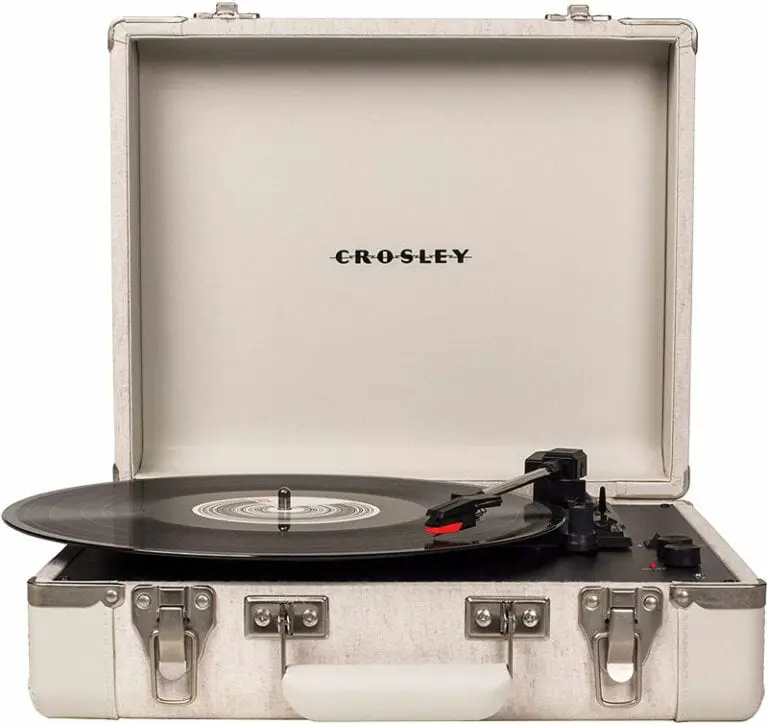


Then when the record is over, the tonearm with automatically lift and return back to its resting position. After you place the record, all you have to do is press a button (or lever) and the tonearm will automatically lower onto the record. On the other hand, an automatic turntable does pretty much all the work for you. You also have to lift the tonearm back into its resting position when the record is over.
Turntable vs record player manual#
A manual turntable is is a little more work because you have to manually lower the tonearm onto the record in order to start playing. When talking about a "manual" or "automatic" turntable, it's referring to the way the turntable lowers the tonearm and the stylus onto the record. Should I get manual or automatic turntable? But if you're getting into vinyl as a hobby, it is worth investing so that the cornerstone of your new project is up to snuff. The isolated motor and belt mean help belt-drive turntables create less vibrations, but they're a little slower to start up and fragile. The motor is connected to belt, which wraps around the platter causing it to spin.

The downside of having the motor directly under the platter is that it's more prone to causing vibrations and, as a result, distortion.īelt-drive turntables have a motor, but it's located away from the platter. This allows the turntable to start up quicker and also makes it easier for the platter to spin (or be spun) in either direction, which is why direct-drive turntables, like the Audio-Technica AT-LP120XUSB, are so popular among DJs. They have a motor that's positioned directly underneath the platter. Direct-drive turntables are generally the more affordable option. There are two primary types of turntables: belt drive vs direct drive.


 0 kommentar(er)
0 kommentar(er)
